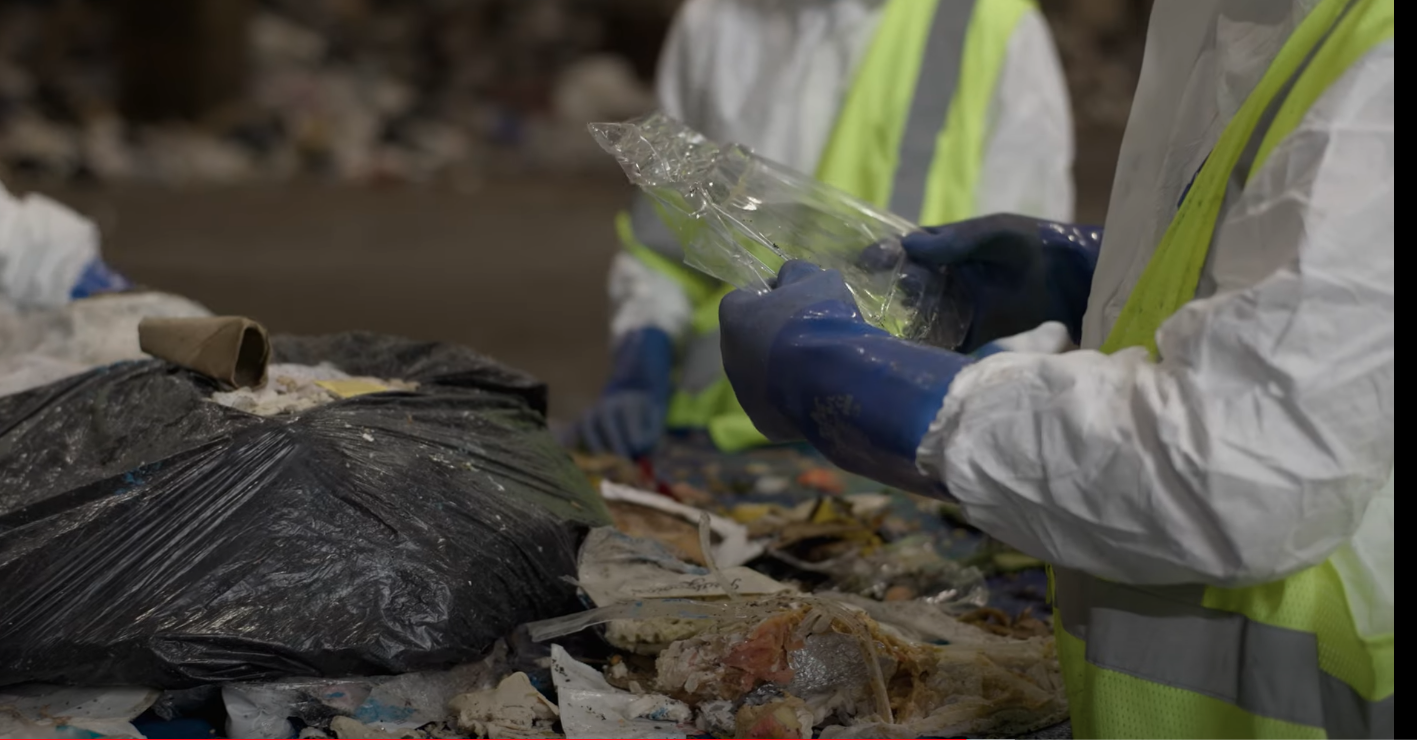New York State Recycling System Needs Assessment
The Center for SMM is conducting a New York State recycling system needs assessment and gap analysis. Broadly, this assessment will evaluate the current recycling system and make recommendations for how to improve and reach the State’s waste reduction goals.
Phase two findings of the statewide assessment can now be found in the report: Current Recycling Systems in NYS: Residential, Commercial and Facilities Analysis. This is the most comprehensive look to date at recycling infrastructure across the state.
Key findings show:
Strong access: Nearly all households in New York have access to recycling. 97% of residents have curbside recycling, and 85–87% of multi-family households in NYC have access.
Lagging performance: Only 30% of packaging and paper products are actually being recycled, despite programs being in place to capture 76% of these materials.
Underfunded education: On average, municipalities invest only $1.12 per household in recycling education—far below the recommended $10.
“This is the first time we’ve had a clear, data-driven picture of who has access to recycling services, what it costs, and how local systems compare,” said Kathryn Walker, Executive Director of CSMM. “Recycling is critical infrastructure, just like roads or broadband. This report provides the tools and information local and state leaders need to improve recycling systems and meet our state’s climate and equity goals.”
The report aligns with New York State’s Solid Waste Management Plan, “Building the Circular Economy” and will inform the forthcoming 2026 Needs Assessment deliverable. Together, these efforts provide a roadmap for stronger recycling programs that advance climate resilience, equity, and environmental justice.
Phase 2 Findings Overview and Q&A
November 18, 2025 | 10:00 - 11:00 am
Join CSMM and RRS for a high-level overview of the findings within Phase 2 of the Needs Assessment report. The research covers residential recycling, material acceptance, participation and contamination, costs and funding, commercial recycling, education and outreach, local laws, and processing facilities. We will review the executive summary, section findings, planning unit profiles and a look at the next phase of the research. After the presentation, there will be time for questions and discussion around the research.
Zoom Webinar
Check out the data collection, gap analysis, and validation report!
This first phase of the needs assessment compiled initial data on how the collection and recycling system in the state operates, including the amount and types of material collected, hauling collection systems and sorting infrastructure, and required operational and capital investment needs.
The needs assessment reports on the operation of the recycling, composting, and reuse and refill systems at work across New York State currently and identifies actions and investments needed to improve the systems and achieve a desired future state. This will include information on materials accepted and processing capacity, including both infrastructure and volume.
Information on the current systems for residential, commercial and institutional collection, hauling, and sorting of recyclables was also be collected, including:
Level of service provided
Current market conditions and availability for growth
Existing laws and funding sources
Existing education and outreach
GHG impacts
The needs assessment includes recommendations on what improvements are needed for each of the following to achieve a to-be-defined desired future state:
Materials accepted for recycling, composting, and reuse
Service level and/or processing capacity
Viable end markets
Education and outreach
Laws, policies, and funding
Technology, especially for sorting
We want to hear from you!
Please fill out this questionnaire if you have thoughts on what the needs assessment should do, issues it should cover, or data sources for us to capture.









